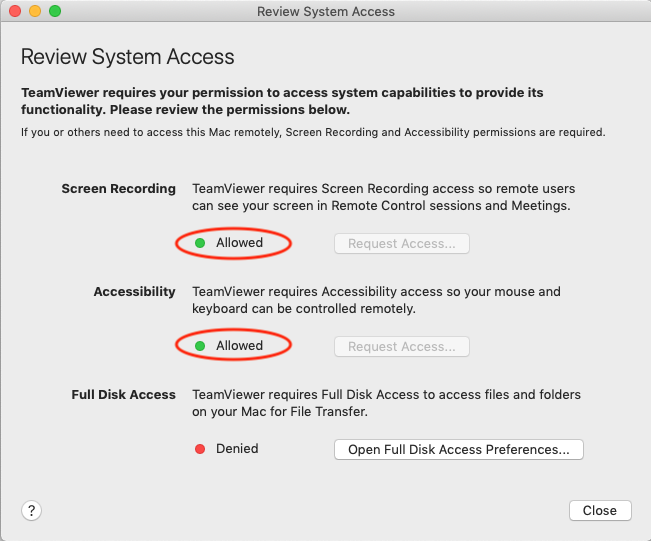
- #Teamviewer setup unattended access how to#
- #Teamviewer setup unattended access install#
- #Teamviewer setup unattended access update#
- #Teamviewer setup unattended access password#
Important Note: I recommend selecting all sections, along with Export user specific settings as default for all users.
#Teamviewer setup unattended access password#
However, you’ll be able to set the password in the Export Options. If you wish to set a personal password, don’t do it in TeamViewer as it will not import correctly. Important note: you must do this through the program itself.

You’ll then need to export the settings to a.

#Teamviewer setup unattended access install#
In order to capture your desired configuration, you’ll need to manually install TeamViewer and configure it on a test system. These are aimed at the BashBunny payload, but the example-setting.reg file and PowerShell script may be of use to you. Team Viewer version: free edition Windows version: 64-bit 1909 OS Build 18363.592 I’ve uploaded some example files to my GitHub. My TeamViewer configuration was focussed around setting a personal password (a static password that can be used to access the computer) and installing TeamViewer as a service so the computer can be remotely controlled without a user being active. This post will go through how I achieved that.
#Teamviewer setup unattended access how to#
The statement also reminds users to not reuse passwords across multiple accounts, and says that issues such as those being reported could be related to malware infections, as "once a system is infected, perpetrators can virtually do anything with that particular system.In order to make a recent Bash Bunny payload, I needed to investigate how to install and configure Team Viewer without user interaction. We have no evidence that these issues are related." "Some online media outlets falsely linked the incident with past claims by users that their accounts have been hacked and theories about would-be security breaches at TeamViewer. TeamViewer immediately responded to fix the issue to bring all services back up. The outage was caused by a denial-of-service attack (DoS) aimed at the TeamViewer DNS-Server infrastructure.

"TeamViewer experienced a service outage on Wednesday, June 1, 2016.
#Teamviewer setup unattended access update#
Update 2: TeamViewer issued a statement on the outage and unauthorized connections. Update: No word from TeamViewer, but on Reddit (hat tip to CoolAcid for pointing it out) someone posted a copy of a TeamViewer log file from a recent unauthorized access. We'll update this story if new information becomes available. Salted Hash has reached out to TeamViewer for comments and additional details. These gaps are the reason why users and security professionals have taken to assuming the worst. Moreover, some users on Reddit are reporting unauthorized access in cases where two-factor authentication and strong passwords existed. People leave TeamViewer open to public connections all the time it's almost as bad as VNC.Īn installation using shared, weak, or no passwords to protect the account at all, combined with a lack of two-factor authentication, becomes a ticking bomb of a disaster – as one recent report clearly demonstrates.īut the company hasn't addressed the recent reports of unauthorized access – other than directing the public to the May 23 statement, and little is known about the outage they experienced earlier today.

It is entirely possible, given the recent flood of hacked social media accounts, that TeamViewer wasn't hacked directly. The statement goes on to state that users need to avoid password reuse, and to use two-factor authentication. "TeamViewer is appalled by any criminal activity however, the source of the problem, according to our research, is careless use, not a potential security breach on TeamViewer’s side."


 0 kommentar(er)
0 kommentar(er)
